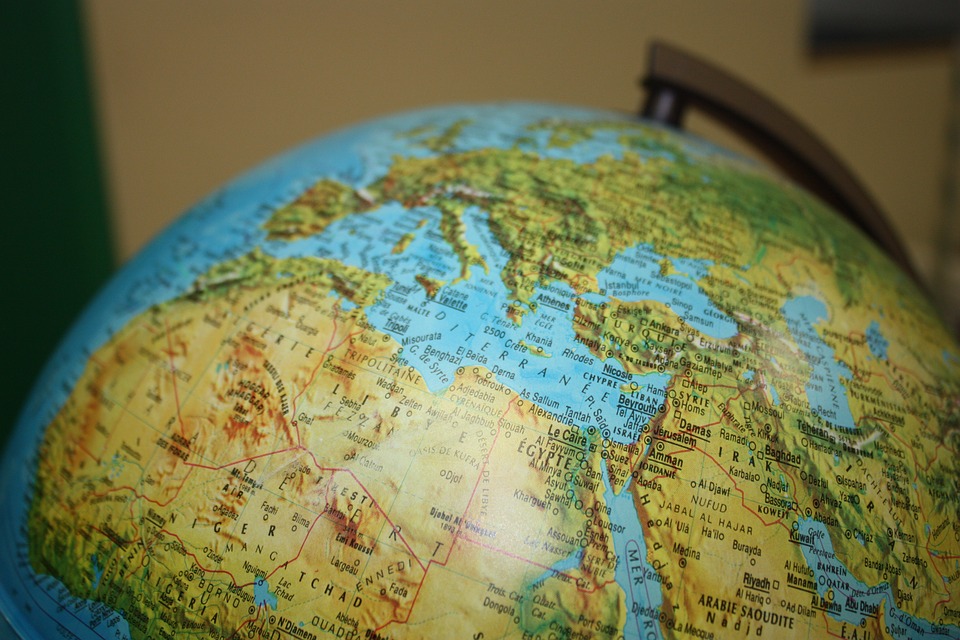Context
- About 180 million years ago, India separated from the supercontinent Gondwana and took a long northward journey of about 9,000 km to join Eurasia.
- The subcontinent moved from the southern hemisphere, crossed the Equator to reach its current position.
- Due to these changing latitudes, it experienced different climatic conditions, and a new study has now tried to map these variations using leaf fossils.
In news
The team of researchers analysed the morphological characters of fossil leaves collected from Deccan Volcanic Province, East Garo Hills of Meghalaya, Gurha mine in Rajasthan and Makum Coalfield in Assam
The research
- The four fossil assemblages were found to be from different geological ages and helped to study the climate during 65, 57, 54, and 25 million years ago.
- “It has been observed from across the globe that plant leaf morphological characters such as apex, base and shape are ecologically tuned with the prevailing climatic conditions to adapt for all the seasons throughout the year.
Findings
- The results indicated that the fossil leaves from India were adapted to an Australian type of monsoon and not the current Indian monsoon system during its voyage.
- The reconstructed temperature data show that the climate was warm (tropical to subtropical) at all the studied fossil sites with temperatures varying from 16.3–21.3 degrees C.
- All the fossil sites experienced high rainfall, which varied from 191.6 cm to 232 cm.
Way forward
- Future plan is to better understand the evolutionary history of Indian monsoon and its role in the evolution of biodiversity hot spots in South and Southeast Asia.
- This will help in the conservation of modern biodiversity hot spots.
- Understanding the past dynamics of Indian monsoon will also help in climate modelling for future monsoon prediction.
Source: The Hindu





